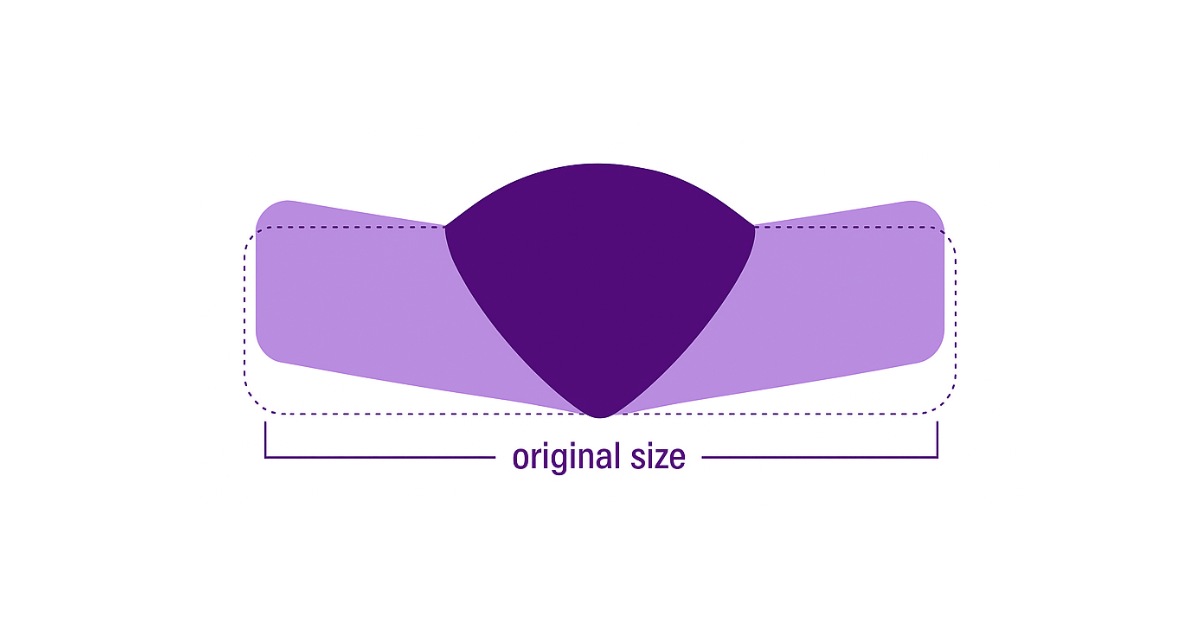Recent advancements in machine vision technology have made a new type of inspection capable of recognizing defects related to the forming and welding area of a tube or pipe. The result is improved quality assurance and process control on the production line. The new type of inspection device is a laser-based triangulation system that measures the outside contour of a tube or pipe in the vicinity of its weld.
Typically NDT (non-destructive testing) systems are placed at the end of a production as a final check. However, the laser inspection system can be placed directly after the weld box. This system can let operators know what is changing in the welding process, allowing them to perform corrective action before significant scrap occurs. This capability is especially helpful for one of the most common defects found across all types of tube manufacturing: insufficient or excess squeeze pressure. This pressure is used to form the tube during welding and can be monitored by measuring the bead ratio of the tube.
The Bead Ratio
The bead ratio is an important measurement for ERW/HF processes to monitor. It is calculated by measuring the maximum bead height above the parent material, divided by the thickness of the parent material wall thickness. The bead ratio is an excellent indication of the amount of squeeze pressure used on an ERW/HF mill during welding. When the squeeze pressure is too high, molten material will spill out of the seam, causing a higher bead to form and increasing the bead ratio. Likewise, when the squeeze pressure is too small, the parent material will not be pushed together enough and a sunken weld will result, causing the bead ratio to fall. By taking into account the wall thickness, the bead ratio can determine the severity of a sunken or raised weld for a particular weld thickness, making it more of a measurement relevant across all tube thicknesses.
 The Bead Ratio (h/e), where “h” = the height of the bead and “e” = the tube wall thickness.
The Bead Ratio (h/e), where “h” = the height of the bead and “e” = the tube wall thickness.
How the WI-2000 System Measures the Bead Ratio
Xiris Automation Inc. has developed a non-destructive inspection system called the WI-2000 Weld Inspection System. The WI-2000 includes a laser line and a camera whose optical axis is offset to the axis of the laser line by an “offset angle”. The WI-2000 creates a visible cross-section of the tube by projecting the laser line on to the tube and capturing an image of the line using the camera. The resulting image shows a profile of the tube surface as if it were cut in cross section. If a tube is ideally round, the laser image will represent a section of an ellipse and any anomaly such the bead height can be mathematically detected.
The WI-2000 bases all of its measurements on the differences between the actual laser profile line seen by the camera, and the ideal mathematical profile based on the tube parameters. By knowing the position of the actual laser profile, the ideal profile, and the size of the pixels in the image, the WI-2000 can detect weld bead profile defects that often escape detection by other quality tools such as Eddy Current testing, or Ultrasonic Testing techniques.
Conclusion
Overall, laser-based 3D imaging systems, such as the WI-2000 from Xiris, offer an excellent measurement option for tube mill owners/operators who want additional, real-time monitoring of weld features. They can be used in a proactive manner, warning operators what is changing in their welding process so that they can perform corrective action before significant scrap occurs And by measuring the outside contour of a weld, laser-based 3D imaging systems can operate on any type of material, regardless of its reflectance or magnetic properties, using a single head to perform the measurement.
To learn more about Xiris weld inspections systems, request a consultation with one of our experts.
Stay up to date by following us on social media or subscribe to our blog!






